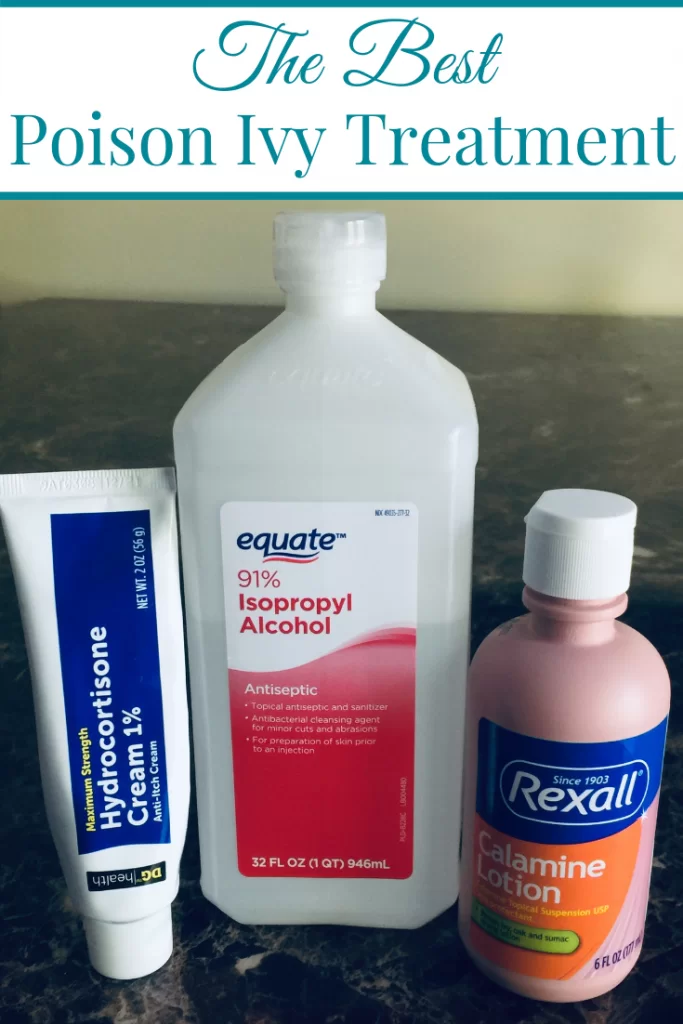The best at home poison ivy treatment
The Best At Home Poison Ivy Treatment - Tshanina Peterson
Do you enjoy spending time outdoors, surrounded by nature's beauty? If so, you might be familiar with the irritating consequences of coming into contact with poison ivy. The itchy rashes and blisters it causes can really put a damper on your outdoor adventures. Luckily, there are effective ways to treat poison ivy from the comfort of your own home. In this post, we'll explore the best at-home remedies for dealing with poison ivy.
Treating Poison Ivy Rash

The first step to treating a poison ivy rash is to identify the plant and avoid further contact. The rash may take several days to develop after exposure, so it's important to act quickly once you notice the symptoms. One of the most effective home remedies is to apply a cold compress or take a cool shower to soothe the itching and reduce inflammation. This can provide immediate relief and help alleviate the discomfort caused by the rash.
Over-The-Counter Medications

In addition to home remedies, there are several over-the-counter medications that can aid in the treatment of poison ivy. Antihistamines, such as Benadryl, can help reduce itching and inflammation. Topical corticosteroid creams and ointments can also provide relief by reducing redness and swelling. However, it's important to follow the instructions provided by the manufacturer and consult a healthcare professional if the symptoms persist or worsen.
Home Remedies
While over-the-counter medications can be effective, some people prefer to turn to natural remedies to treat poison ivy. One such remedy is making a paste using baking soda and water. Applying this paste to the affected area can help soothe the itchiness. Another commonly used home remedy is rubbing alcohol. Soaking a cotton ball in rubbing alcohol and gently dabbing it on the rash can provide relief and prevent infection. However, it's always a good idea to do a patch test before using any new remedy to ensure that you're not allergic to the ingredients.
Preventing Future Encounters
Now that you know how to treat poison ivy, it's equally important to learn how to avoid it in the first place. Educate yourself about what poison ivy looks like and where it typically grows. When venturing outdoors, wear protective clothing such as long sleeves, pants, and gloves. It's also a good idea to wash your clothes and any tools you may have used after being in an area where poison ivy is present. By taking these precautions, you can minimize the risk of future encounters with poison ivy.
Conclusion
Dealing with poison ivy can be a frustrating experience, but with the right treatment, you can find relief from the itching and discomfort. Whether you choose to try home remedies or opt for over-the-counter medications, it's essential to act quickly and avoid further contact with the plant. By taking preventive measures, such as wearing protective clothing and washing your belongings, you can decrease the likelihood of future encounters with poison ivy. Remember, if your symptoms persist or worsen, it's always best to consult a healthcare professional for further guidance.